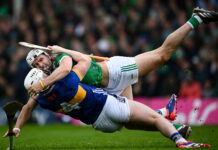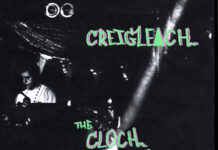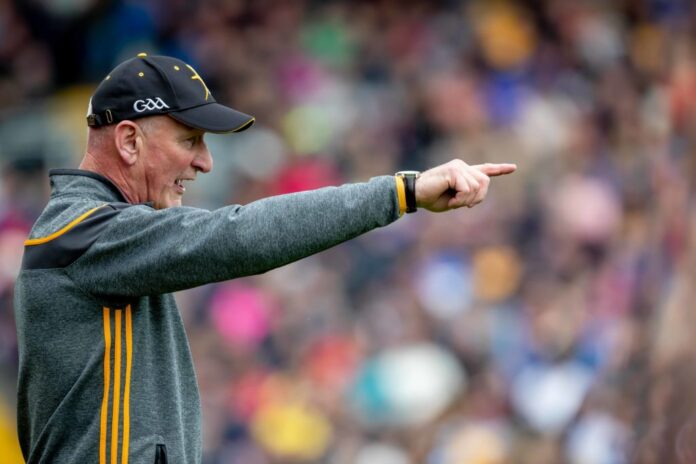
CHASING an unprecedented four-in-a-row, Brian Cody’s Kilkenny appeared most vulnerable in the 2009 All-Ireland Hurling final against Liam Sheedy’s exuberant Tipperary side.
In the first half, Kilkenny’s experience proved vital as the took a slender two point lead into the dressing rooms at the half with PJ Ryan inspired in the Cat’s goal.
Ryan’s heroics continued into the second half as he kept the Tipp forwards at bay. Nonetheless, the Premier men’s dominance throughout the field helped them into a two point lead approaching the final whistle.
Yet, with less than ten minutes to go, Henry Shefflin would pull Kilkenny ahead from the penalty spot before Martin Comerford took the wind out of the Tipp sails with a second a minute later to seal the historic victory.
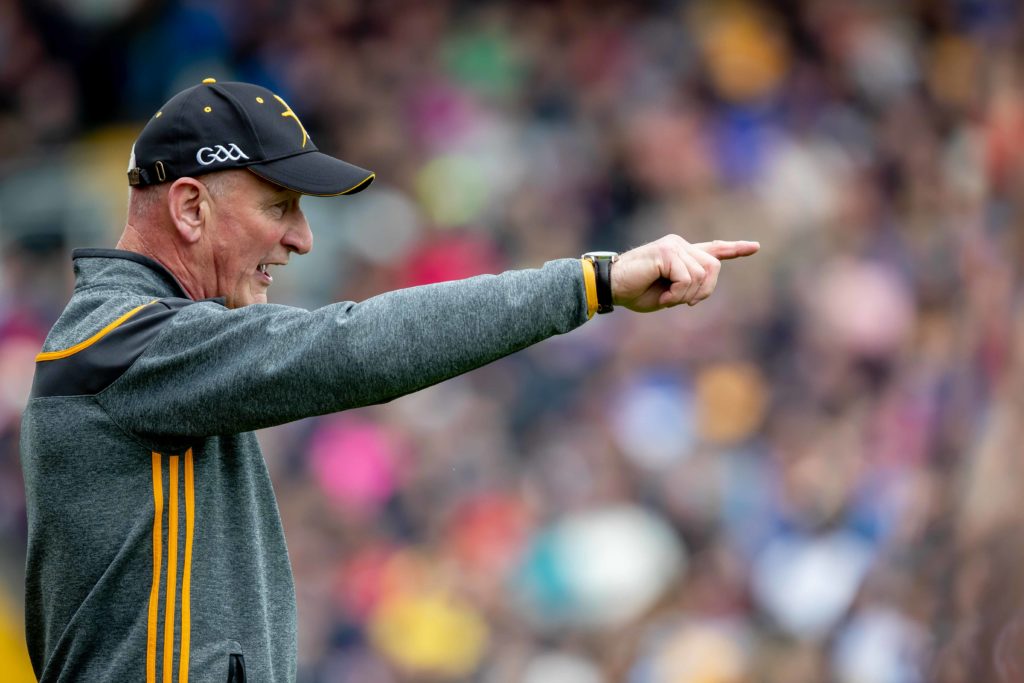
Kilkenny vs Galway
Kilkenny manager Brian Cody
Mandatory Credit ©INPHO/Morgan Treacy
12 months later, Tipperary got their revenge as they plundered four goals past Ryan to win a first All-Ireland title since 2001 courtesy of a 4-18 to 1-17 victory over the Cats.
That game continued an interesting trend in All-Ireland finals involving Brian Cody who has managed Kilkenny in 18 championship deciders, including replays.
In exactly half of those games, Cody’s side have grabbed the games first goal. When scoring first, Kilkenny have won eight finals, with the 2016 loss to Tipperary the only exception.
When conceding first or not scoring any goal, their record is vastly inferior with just three wins to go with four losses and two draws.
Yet, while the greatest hurling team of all time relied heavily on three-pointers, Limerick’s all conquering side are changing the narrative of how hurling is played.
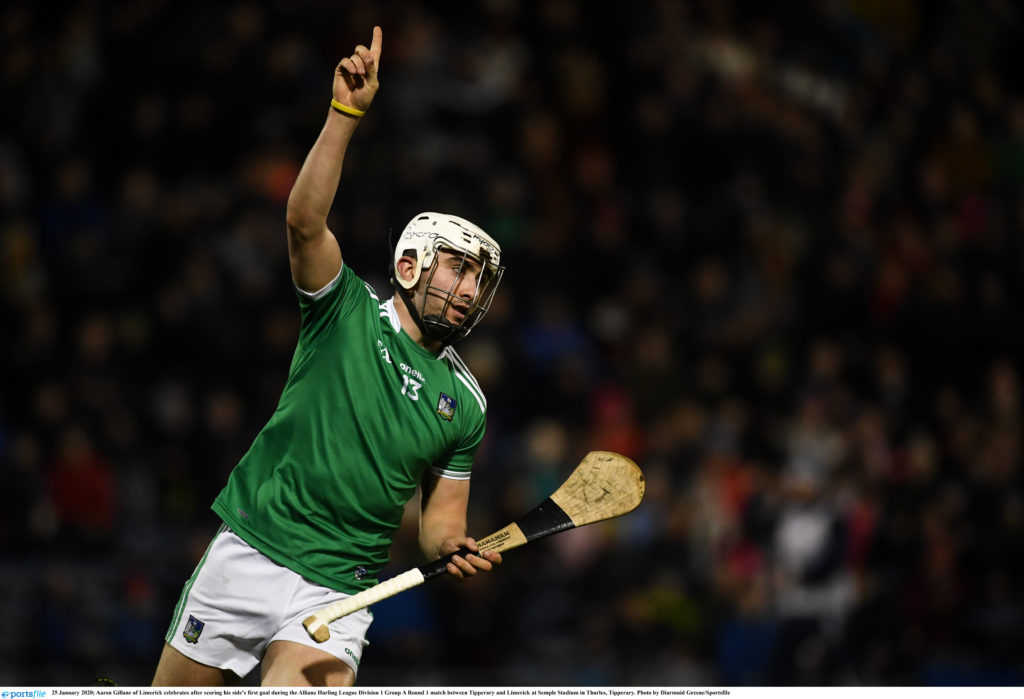
This year, Limerick beat all before them en route to the All-Ireland final scoring goals in just one of their five encounters.
The Munster final, All-Ireland semi-final and subsequent final all saw the games end without a goal.
Under Kiely and Kinnerk, the Shannonsiders have developed a ruthless efficiency that allows the side to play to their strengths.
In Gearoid Hegarty and Tom Morrissey, Limerick have two of the best distance shooters in the game with the duo combining for 0-37 from the half-forward line in the 2020 season.
Such is the way they play, even if the ball bypasses the middle men, Limerick’s inside forward line generally receive the ball way out from goal, often settling for the high percentage option of a point.
You could argue that Limerick have no out and out goalscorer in the elk of a Seamus Callanan and Eddie Brennan with Kiely’s forward line unerringly accurate from out the field and supremely efficient in that regard.
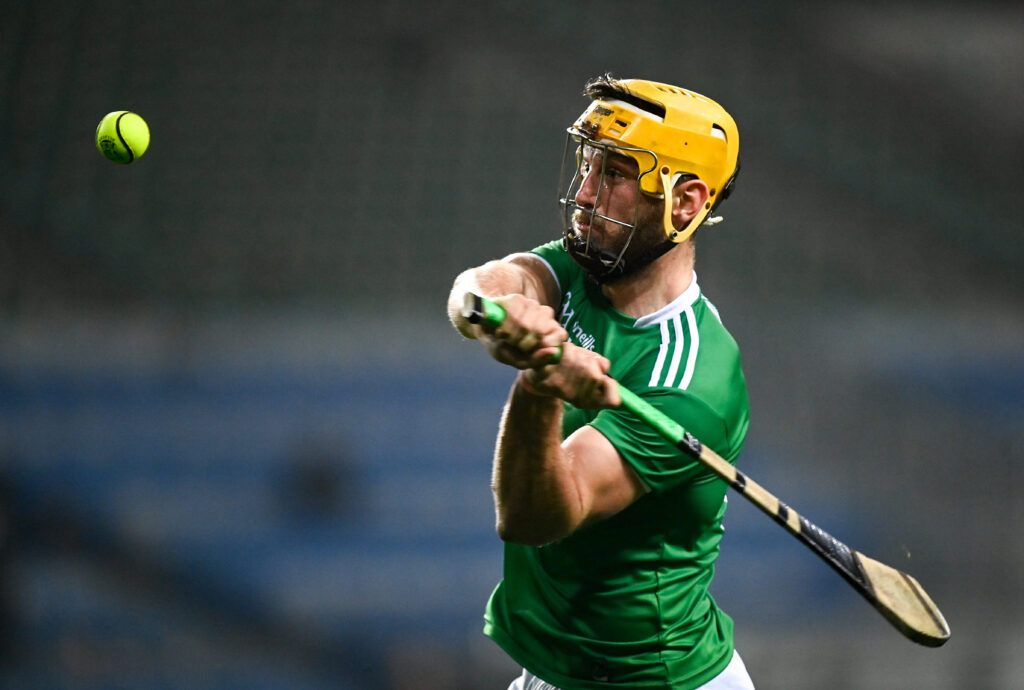
Yet, despite the lack of goals in 2020, Limerick had their highest average points total under John Kiely during the winter.
In his first year in charge which only yielded two championship games, Kiely’s side averaged 19 points a game.
For the All-Ireland run the following year, this was up to 27 points, nearly 29 points per game if you include the extra-time against Cork.
It dropped marginally in 2019 to 26.5 points per game before soaring to 30 points a game for the championship just gone.
In the same time, their goals per game ratio dropped from 1.5 in 2018 to just 0-6 in 2020 which produced just three green flags.
This theme isn’t just restricted to Limerick, but is an indication to the overall transition in hurling.
Since the 1940’s the rate of goalscoring has dropped 40%. In that decade, there was 4.3 goals scored each game which dropped to 3.3 in the 1990’s. This figure plateaued until 2016 before a staggering drop which has resulted in just 2.6 goals a game since, with a new low of 2.29 goals a game in 2020.
In the same period, the rate of scoring has increased. It stood at 37 points per game in the 1980’s before increasing by a point in the ‘90’s. It rose steadily to 44 points between 2000-2015 before a huge shift which has seen 51 points scored per game since. Seven games in the 2020 championship had north of 60 points.
Whether it is something that needs to be addressed is up for debate but for now, Limerick are the leading revolutionaries and reaping the rewards of that endeavour.
The post OPINION: Limerick the leading revolutionaries in the changing dynamic of hurling appeared first on Sporting Limerick.




